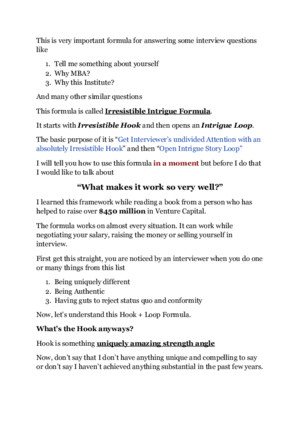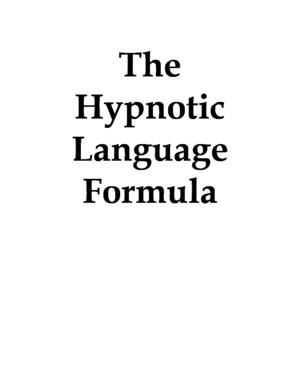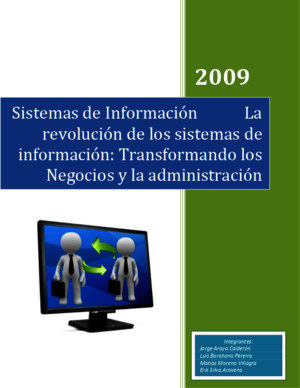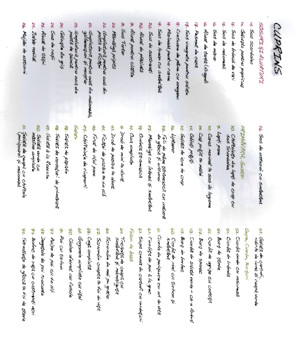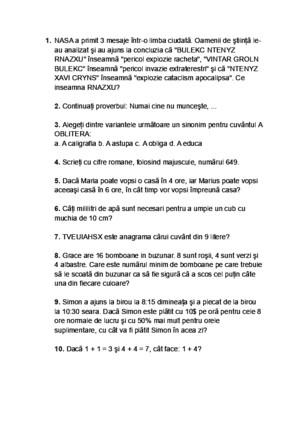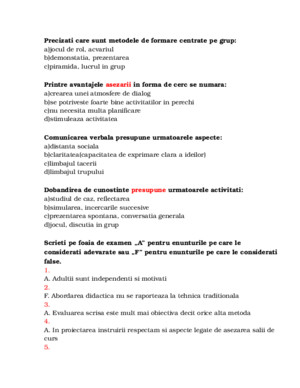Irresisitible Intrigue Formula.pdf
There is document - Irresisitible Intrigue Formula.pdf available here for reading and downloading. Use the download button below or simple online reader.
The file extension - PDF and ranks to the Instruction manuals category.
Tags
Related
Comments
Log in to leave a message!
Description
Download Irresisitible Intrigue Formula.pdf
Transcripts
This is very important formula for answering some interview questions like 1 Tell me something about yourself 2 Why MBA? 3 Why this Institute? And many other similar questions This formula is called Irresistible Intrigue Formula It starts with Irresistible Hook and then opens an Intrigue Loop The basic purpose of it is “Get Interviewer’s undivided Attention with an absolutely Irresistible Hook ” and then “Open Intrigue Story Loop” I will tell you how to use this formula in a moment but before I do that I would like to talk about “What makes it work so very well?” I learned this framework while reading a book from a person who has helped to raise over 450 million in Venture Capital The formula works on almost every situation It can work while negotiating your salary, raising the money or selling yourself in interview First get this straight, you are noticed by an interviewer when you do one or many things from this list 1 Being uniquely different 2 Being Authentic 3 Having guts to reject status quo and conformity Now, let’s understand this Hook + Loop Formula What’s the Hook anyways? Hook is something uniquely amazing strength angle Now, don’t say that I don’t have anything unique and compelling to say or don’t say I haven’t achieved anything substantial in the past few years In fact, I will show you few examples of it in a moment (I am not a high achiever either) plus I am going to give you specific sets of exercises in GD/WAT/PI Revolution to find out your unique strength angles if you are not able to find out any The simple reason why you don’t need to do/don’t need to have done something very unique in order to make this formula to work because there is not any information in the world that can’t be reframed in a way that’s perceived as new and fresh The next logical step is Open the loop What creates this open loop? Unfinished stories open loops Start idea/thought/story instead of finishing it and you move onto something else In other words, you keep the loop open Unfinished story threads create unresolved emotional tension which creates cliffhanger effects I will even give you example of it just in a moment before I do that I would like to give you an analogy Open story loops leaves you hanging Remember the scene from 24 The Hero seems to get shot (the sniper moves crosshairs and his M14 sniper rifle over head of Jack Bauer gently squeeze double set triggerBOOM) But the episode ends right there Cliffhanger Effect If you don’t how to create Cliffhanger effect I have written my CAT Journey in 3 parts on Pagalguy , just see how I opened the loops and didn’t close it, left them hanging, it created massive cliffhanger effects Some people were went to such an extent that they actually PMed me to ask me several times when I am going to release the next article (I do it in my emails almost all the time, if you don’t believe just check last 5-6 emails you got) Here are these articles (study and model them) http://wwwpagalguycom/discussions/all-i-wanted-to-speak-about-cat-16898142/17614893 http://wwwpagalguycom/discussions/all-i-wanted-to-speak-about-cat-16898142/17636206 http://wwwpagalguycom/discussions/all-i-wanted-to-speak-about-cat-16898142/17848779 This Cliffhanger ending impacts us on a subtle level This effect is called Zeigarnik Effect after a Russian psychologist Bluma Zeigarnik who noticed odd thing while sitting in a restaurant in Vienna , the waiters seemed only to remember orders which were in the process of being served When completed, the orders evaporated from their memory Zeigarnik went back to lab to test out a theory about what was going on She asked participants to do twenty or so simple tasks in the lab, like solving puzzles and stringing beads Afterwards she asked them which activities they remembered doing People were about twice as likely to remember the tasks during which they were interrupted than those they completed
Recommended

